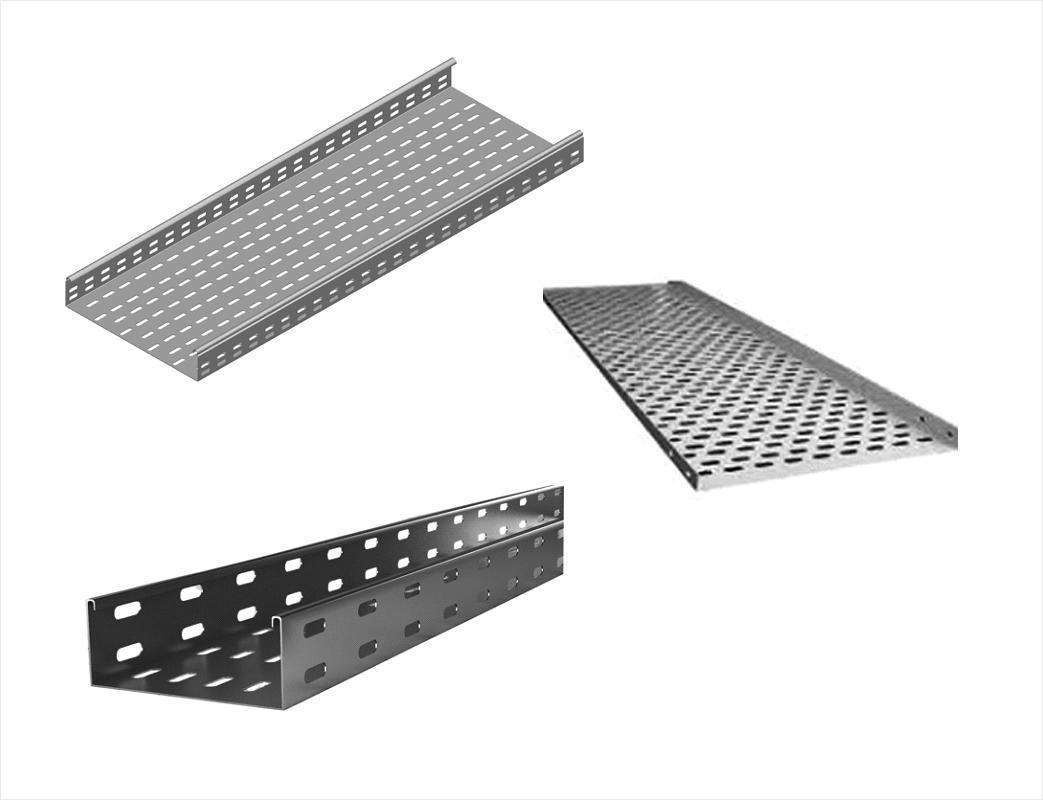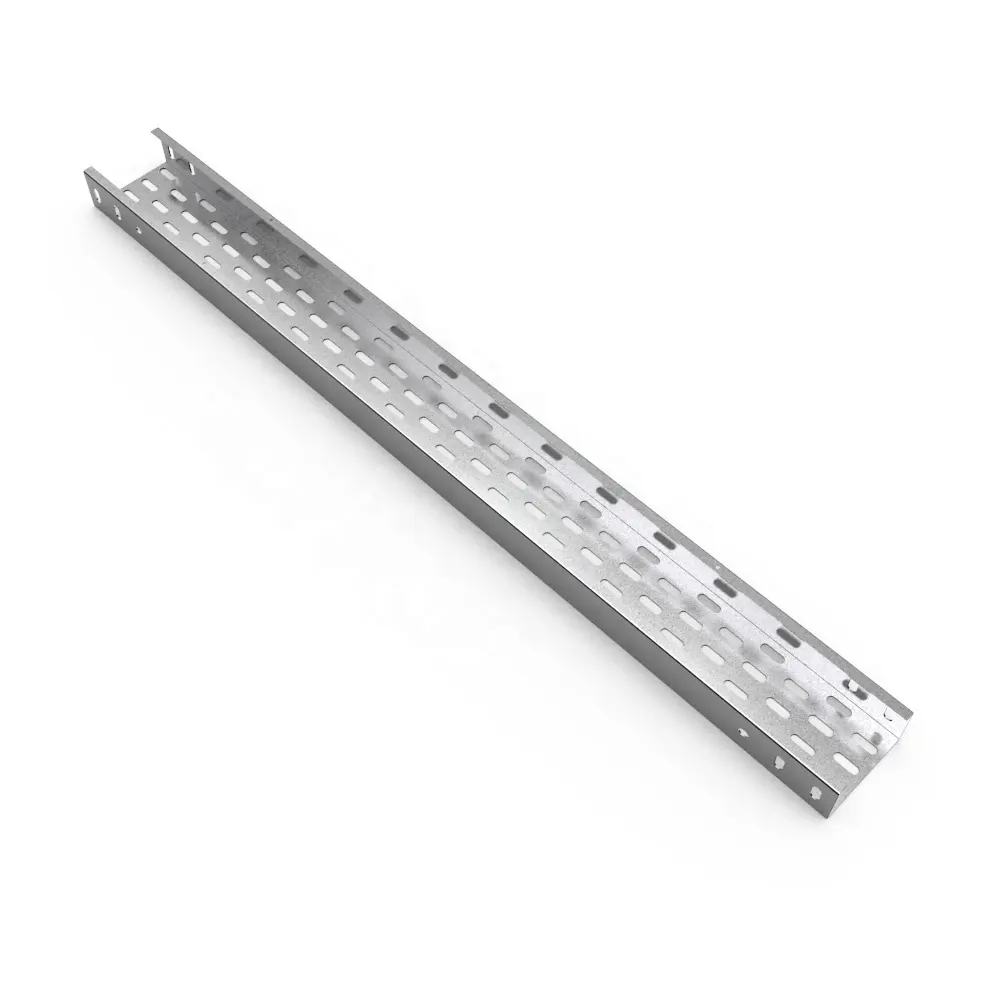Conduits and cable trays are both important components of electrical installations used to route and protect cables and wires. While they serve similar purposes, they are fundamentally different in design, application and function. Understanding these differences is critical when deciding which system to use for a particular project.

Conduit Systems
Definition: Conduit is a tubular structure used to protect and route cables and wires. It can be made of a variety of materials, including metal (such as steel or aluminum), plastic (polyvinyl chloride or high-density polyethylene), or fiber (fiberglass). Conduit is usually installed underground, in walls, or in other concealed spaces.
Advantages
1. Highly Protective: Conduit offers excellent protection against mechanical damage, moisture, corrosive materials and rodents. This makes it ideal for harsh environments or outdoor installations. 2.
2. Fire Resistance: Metal conduit provides additional fire protection, containing potential fires and preventing their spread through cables. 3.
3. Versatility of Material Options: The variety of materials available, from rigid conduit to flexible conduit, allows designers to select the most appropriate type of conduit for the specific needs of the installation.
Disadvantages
1. Complicated installation: Installation of conduit can be labor-intensive and time-consuming, especially when routing wires over long distances or around bends.
2. Limited accessibility: Once installed, it can be difficult to maintain or modify the cables inside the conduit, often requiring the conduit to be cut and resealed.
3. Higher Cost: Conduit systems can be more expensive than cable tray systems due to the cost of materials and the complexity of installation.
Cable Tray Systems
Definition: A cable tray is an open frame, usually made of metal (steel or aluminum) or non-metallic materials (fiberglass, PVC), used to support and guide cables and wires. They are usually mounted overhead or on walls, with cables laid directly on trays.
Advantages
1. Easy to install and use: Cable trays are faster and easier to install than conduit. Its open design also makes it easy to inspect, add or remove cables after installation. 2.
2. Cost Effectiveness: Cable trays are a more economical choice because the installation process is simpler and the amount of material used may be less. 3. Heat Dissipation: The open design facilitates heat dissipation.
3. Heat Dissipation: The open design facilitates air circulation around the cables, helping to dissipate heat, which is critical for high current applications.

Disadvantages
1. Less Protection: Compared to conduit, cable trays offer less physical protection from environmental hazards, impact damage, or rodents. 2.
2. Aesthetics: In some architectural or interior design environments, cable trays can be visually unappealing because they are openly displayed. 3. Potential for buildup: Open and unobtrusive.
3. Possibility of Accumulation: Open trays that are not properly sloped or drained may accumulate dust, debris, and even standing water, which can affect cable performance or safety.
Choosing Between Conduit and Cable Trays
The decision to use conduit or cable tray systems depends largely on specific project requirements, environmental conditions, and trade-offs between protection, accessibility, cost, and aesthetics.
For environments with high physical risk, strict fire codes, or where cables need to be concealed, conduit is often the preferred choice.
In applications where ease of installation, accessibility and cost-effectiveness are primary considerations, on the other hand, cable trays offer distinct advantages.
It’s worth noting that in some installations, both systems may be used to take full advantage of the benefits of each, providing optimal cable management based on the specific needs of the project.

